Wave and tidal energy firms say they are stuck in a “chicken and egg” investment conundrum, with a lack of project certainty hampering financing options.
With countries in Europe, the Americas and Asia increasing their investments in wave and tidal, UK developers say they are having to look internationally to get projects in the water.
Speaking at the All-Energy conference in Glasgow, UK Marine Energy Council (UKMEC) policy director Richard Arnold said while tidal energy projects have access to ringfenced funding through the contracts for difference (CfD) rounds, wave energy developers lack a clear route to market.
“When we got the ringfence for tidal stream in AR4, we had around 125MW eligible tidal stream capacity, and we have around 7MW of eligible wave capacity now,” he said.
“It’s sort of a classic ‘chicken and egg’ scenario in that the cost of making capacity eligible is expensive, and why would you go through that process if there’s no guaranteed route to market, or at least an opportunity to have a route to market.
“But from a government standpoint, they say ‘well the industry is not ready’, because there isn’t enough competition for the CfD, and the CfD does need to be a competitive process.”
Wave and tidal CfD funding
Tidal energy projects secured their first CfD awards in AR4 in 2022 with projects totalling 35MW in capacity, followed by 53MW in AR5.
The UK government declined to implement a ringfence for wave energy projects in its budget for the sixth allocation round (AR6), which the sector had been lobbying for.
One of the wave energy companies hoping to eventually bid for CfD contracts is Swedish firm CorPower Ocean.
A pilot project involving the firm’s C4 wave energy converter recently began exporting power to the Portuguese grid, and CorPower is now aiming to scale up the technology.
The firm is also developing the 5MW Saoirse wave array project off the west coast of Ireland with Simply Blue Group and ESB, which could expand to 30MW by 2028.
While its projects are progressing internationally, CorPower head of business development Anders Jansson said there are not enough wave energy firms in a position to bid for UK CfD rounds.
“We’re in a position where we want a CfD, but no [other wave company] is asking for it and then there’s no competition,” he said.
“So for that reason, that mechanism is out of play [for CorPower], unless we compete with more mature technologies, meaning that we need to compete on [levelised cost of energy], which is very difficult for new technology.”
Wave energy and floating wind
Mr Jansson likened the current position of wave energy to where floating wind was several years ago.
“Everyone started laughing at the early pioneers within floating wind, then suddenly some money came into it and then there was one or two demonstration projects that proved successful,” he said.
“Then suddenly we’re having hundreds of gigawatts [of floating wind] in the world to develop.
“And it happened… in a very short time because governments, regulators, product developers, financiers, just agreed, ‘okay let’s do it’.
“[Floating wind developers] still have a lot of challenges to solve, but they have the resources to solve them.”
Mr Jansson said if CorPower had access a wave energy ringfence for CfD rounds it would make it “significantly easier to attract private investors”.
Tidal energy investment
While tidal energy companies currently have access to a £10m ringfence in the CfDs, they still face many of the same investment challenges encountered by wave energy.
Proteus Marine Renewables director of products and services Tom Hutchinson said greater certainty on routes to market would allow tidal firms to build more effective supply chains, bring down costs and attracting investment.
“Because people can bet the farm on the fact that there is a roadmap of opportunity,” he said.
“Then you get economies of scale… and that’s where wind has got to with the amount that they’re implementing.
“Tidal, I think, has a while to go yet.”
‘Simple changes’ would have ‘massive impact’
Mr Arnold said apart from ringfenced funding for wave and increase in the ringfence for tidal, the sector would also like to see clear targets set for marine energy.
In addition, he said setting the budgets for CfD rounds further in advance would remove the need for almost “seasonal” lobbying and engagement to retain funding.
“That’s not a great environment [to be in] speaking to investors that want to know what’s going to happen next year, and the year after that,” he said.
Mr Arnold said a simple change such as guaranteeing ringfenced funding for a period of five years would have a “massive impact”.
Global competition for wave and tidal increasing
While the UK remains a world leader in tidal energy deployment, firms are increasingly looking internationally to develop projects.
For wave energy, Mr Jansson said while he is optimistic the UK sector will reach the stage of bidding competitively for CfD rounds, in the meantime CorPower is having to look elsewhere for opportunities.
“The challenge for the UK specifically is that for CorPower, we need to look at other jurisdictions where we might get that funding and that’s where we start building up teams,” he said.
“And that means the UK needs to import the technologies rather than building up the supply chain locally.
“It’s a lose-lose situation in my perspective if I’m being honest.”
Mr Jansson said while the UK marine energy sector has several advantages, including the European Marine Energy Centre (EMEC) in Orkney, it cannot be complacent.
“I don’t think any country has ‘aligned the stars’, but there is certainly a lot of money coming out of the EU and the US, they’re really starting to push quite hard,” he said.
“The money the Chinese government has been spending on wave and tidal is a lot, you also see in Asia more and more initiatives around.
“I wouldn’t be comfortable sitting in the UK saying this is the best place to be, because it’s not a lot of money to get the sector going in the big picture, so any government who decides they want to build a sector could do that quite fast.”
As an example, Mr Jansson said CorPower made the decision to move its testing from EMEC in Scotland to Portugal following Brexit in order to retain EU research funding.
While the UK has since re-joined the Horizon Europe research and innovation programme, Mr Jansson said it showed how quickly things can change.
“We were kind of forced out the UK, we have experienced how fast things can move,” he said.
“When we did the [business plan], obviously we would do all our testing at EMEC, it doesn’t make sense to go anywhere else, we had everything consented.
“But then things change, and that’s kind of how fragile and sensitive a small sector is, we need that support to get to a commercial position.”
Wave and tidal community benefits
Proteus Marine Renewables director of product and services Tom Hutchinson said with projects already in the water and generating power, the UK is at an advantage compared to countries like Japan or Canada in developing marine energy.
“But it will change very quickly,” Mr Hutchinson said.
“I think if you can establish the supply chains here, and you can establish the skillsets and the knowledge here, then you’re at the basis of actually trading an export market… and you can potentially do what Denmark did with wind energy.”
Mr Hutchinson said the potential for tidal and wave energy supply chains to reinvigorate coastal communities in the UK needs to be considered.
“Then you bring economic growth, and sustainable economic growth, to these communities,” he said.
“That’s part of the value… that we need to get out from our industry into the broader policy [discussions].”
Mr Arnold agreed, and said there is both an economic and an energy security justification for supporting the UK marine energy sector.
“Energy security requires a diverse energy mix,” he said.
“But in this transition, we don’t want to get to the stage where we’ve gone to net zero but we’re importing all the technology [and] all the expertise.”
With over 11.5GW of tidal stream capacity in the UK, and over 20GW of wave potential, Mr Arnold said the sector can provide a lot of benefits to the UK energy system.
“We have this massive resource there, so I think it would be a shame to let that go to waste,” he said.
Recommended for you




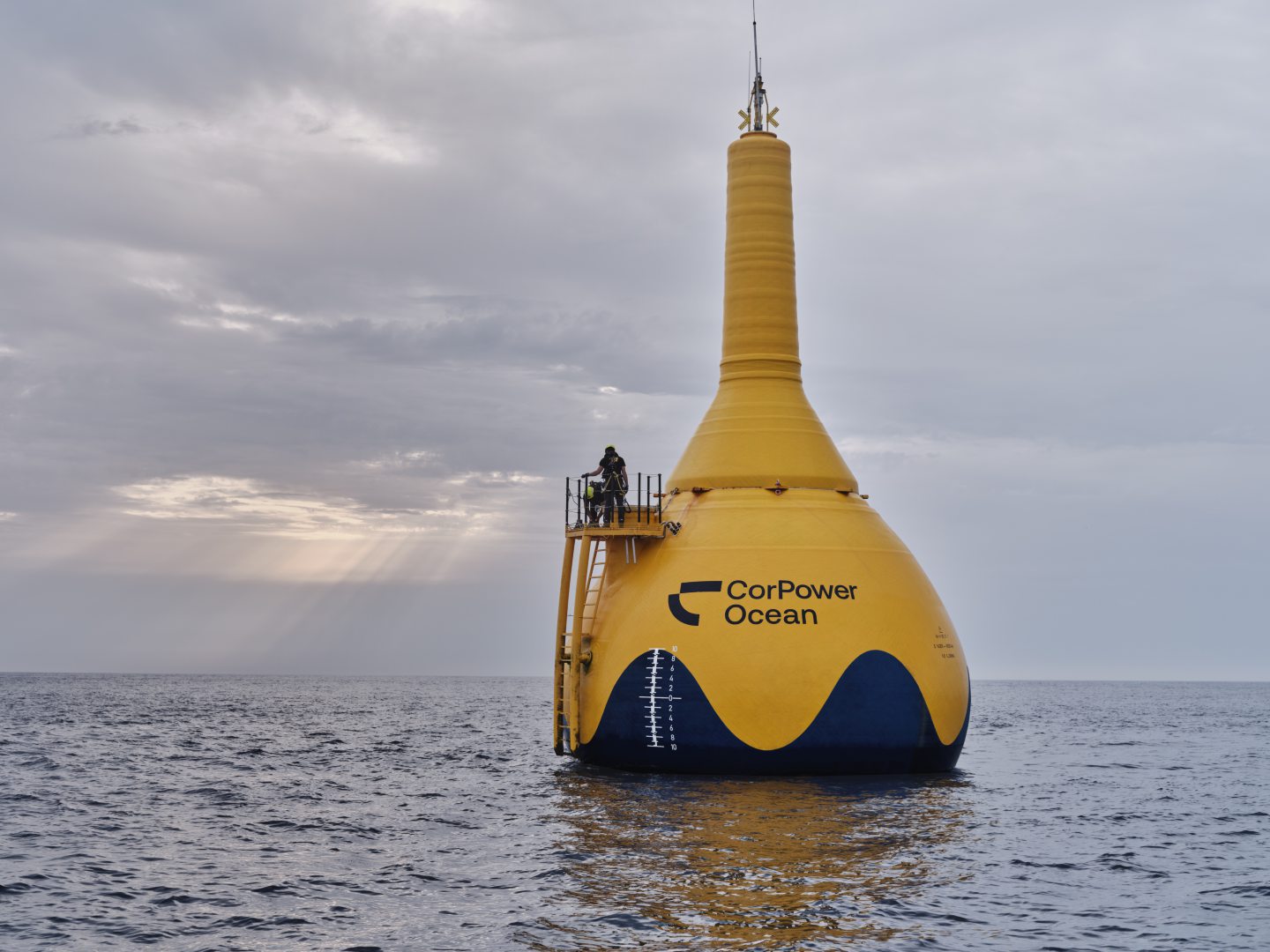 © Supplied by CorPower
© Supplied by CorPower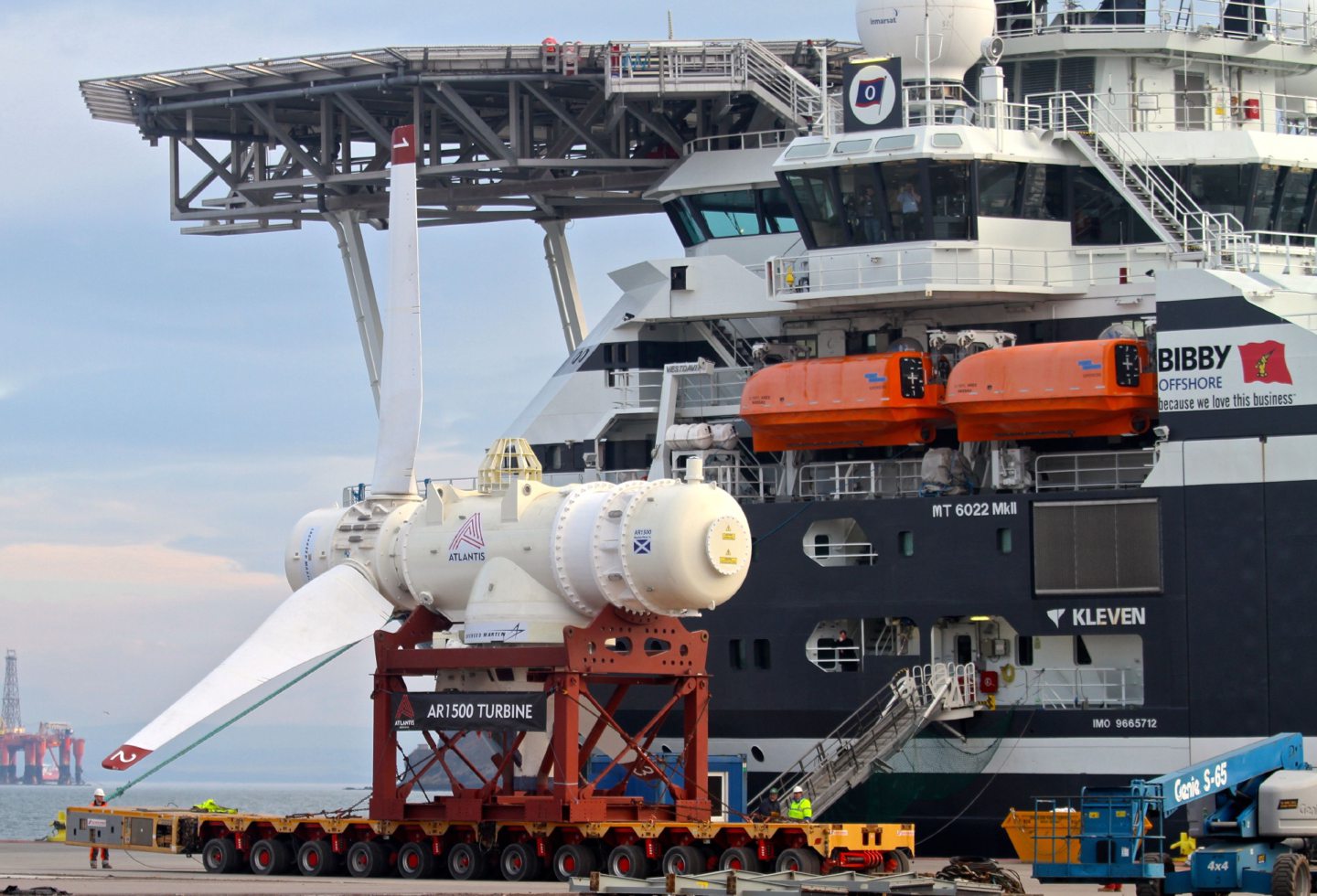 © SYSTEM
© SYSTEM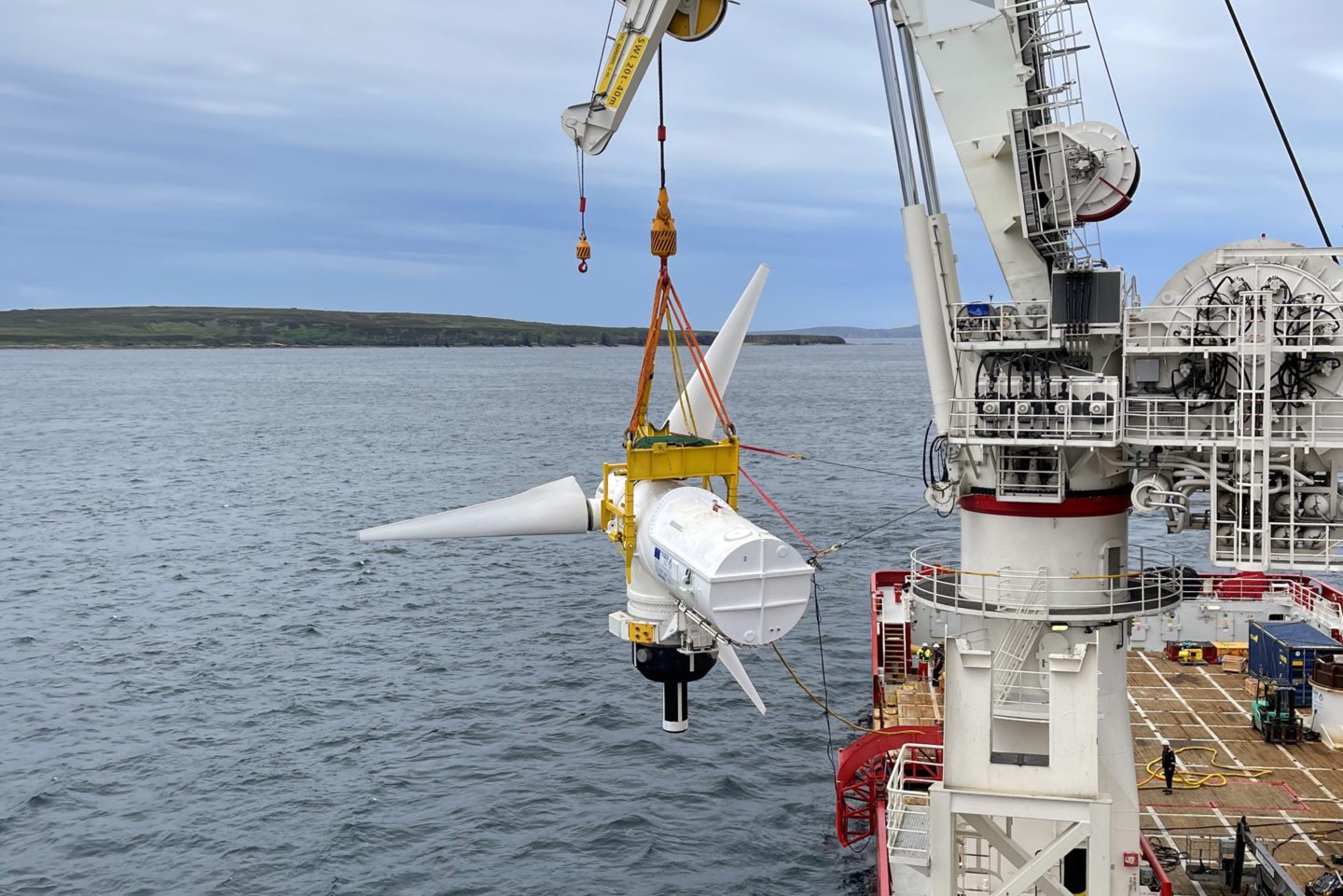 © Supplied by SAE Renewables
© Supplied by SAE Renewables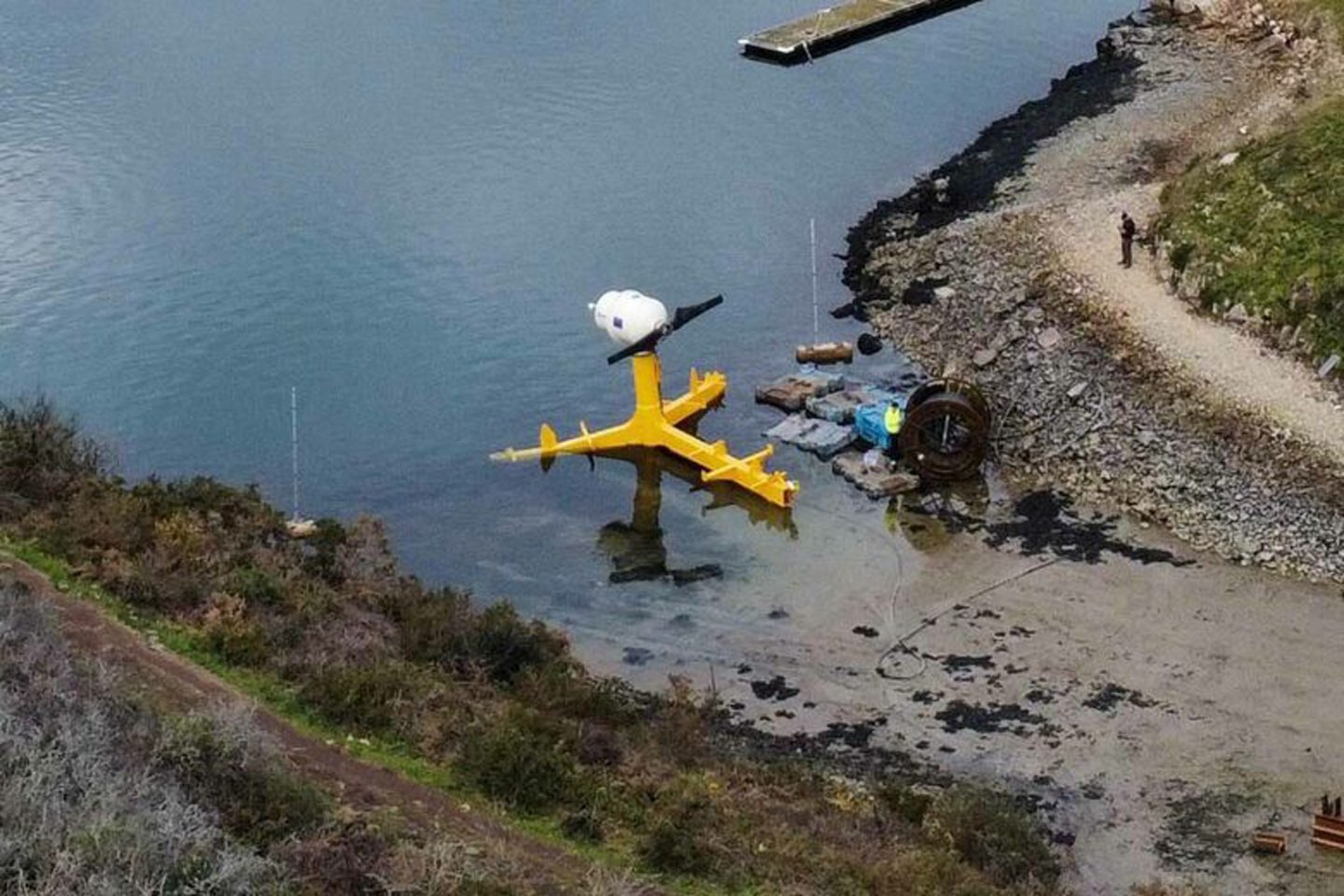 © Supplied by Nova Innovation
© Supplied by Nova Innovation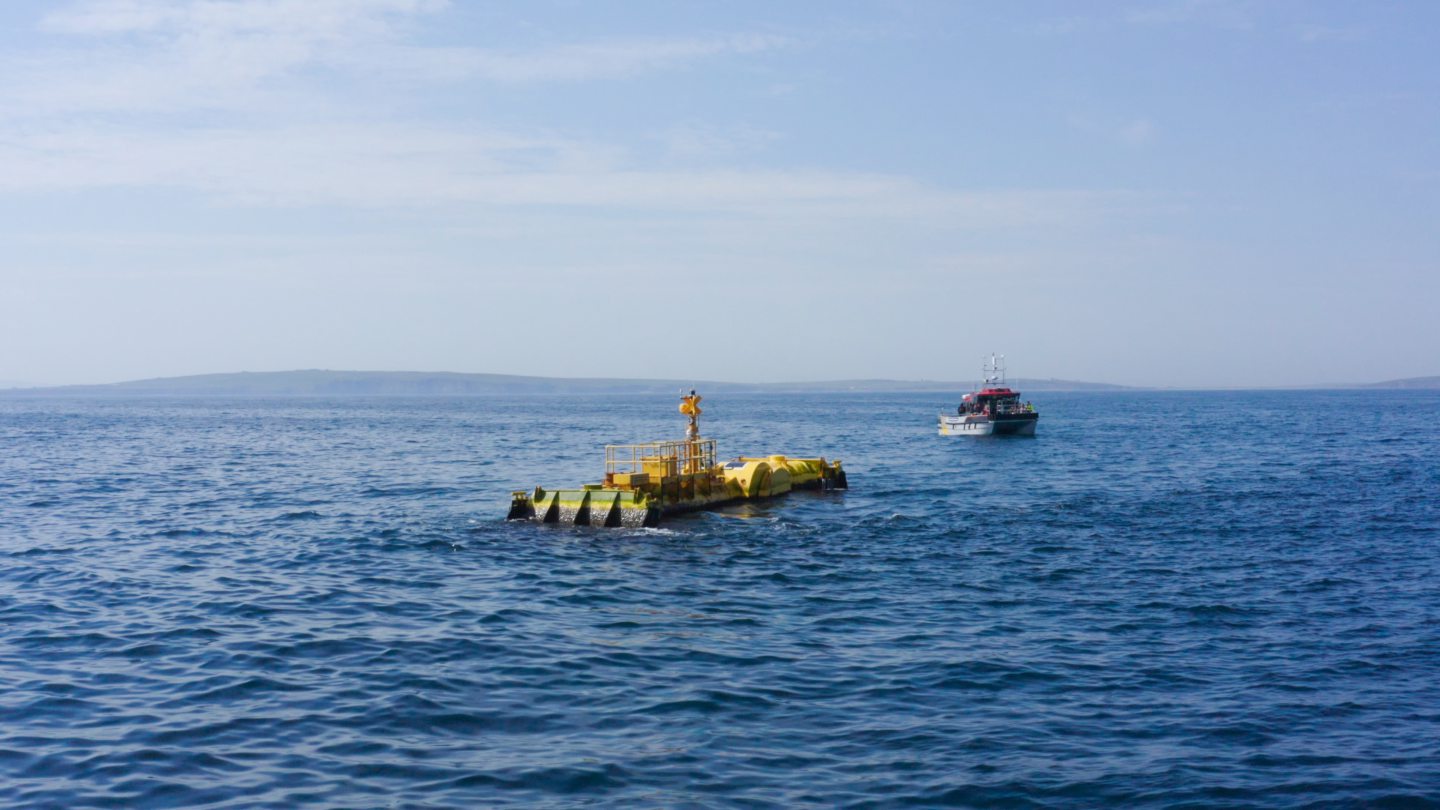 © Supplied by Mocean Energy
© Supplied by Mocean Energy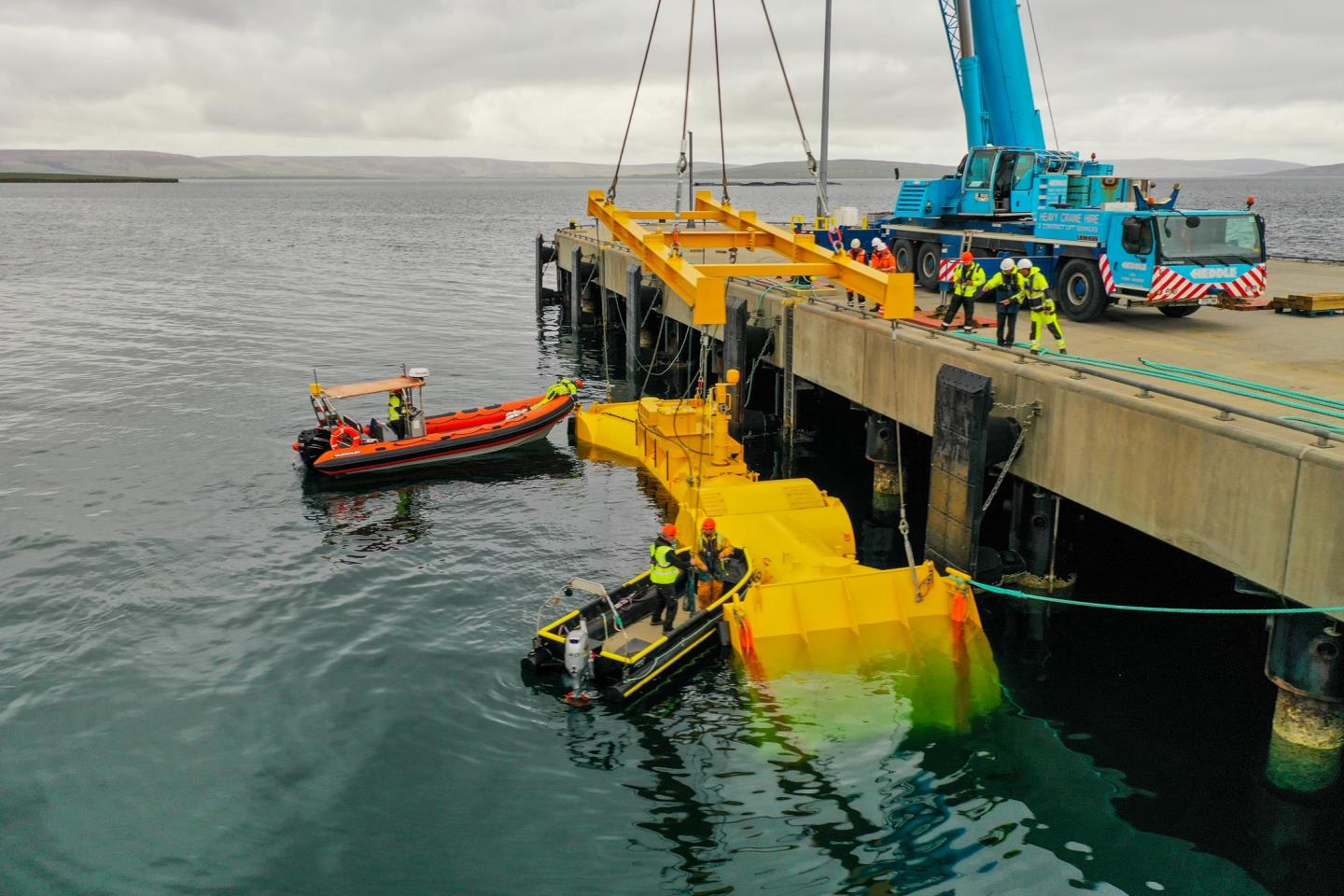 © Supplied by Mocean Energy
© Supplied by Mocean Energy






